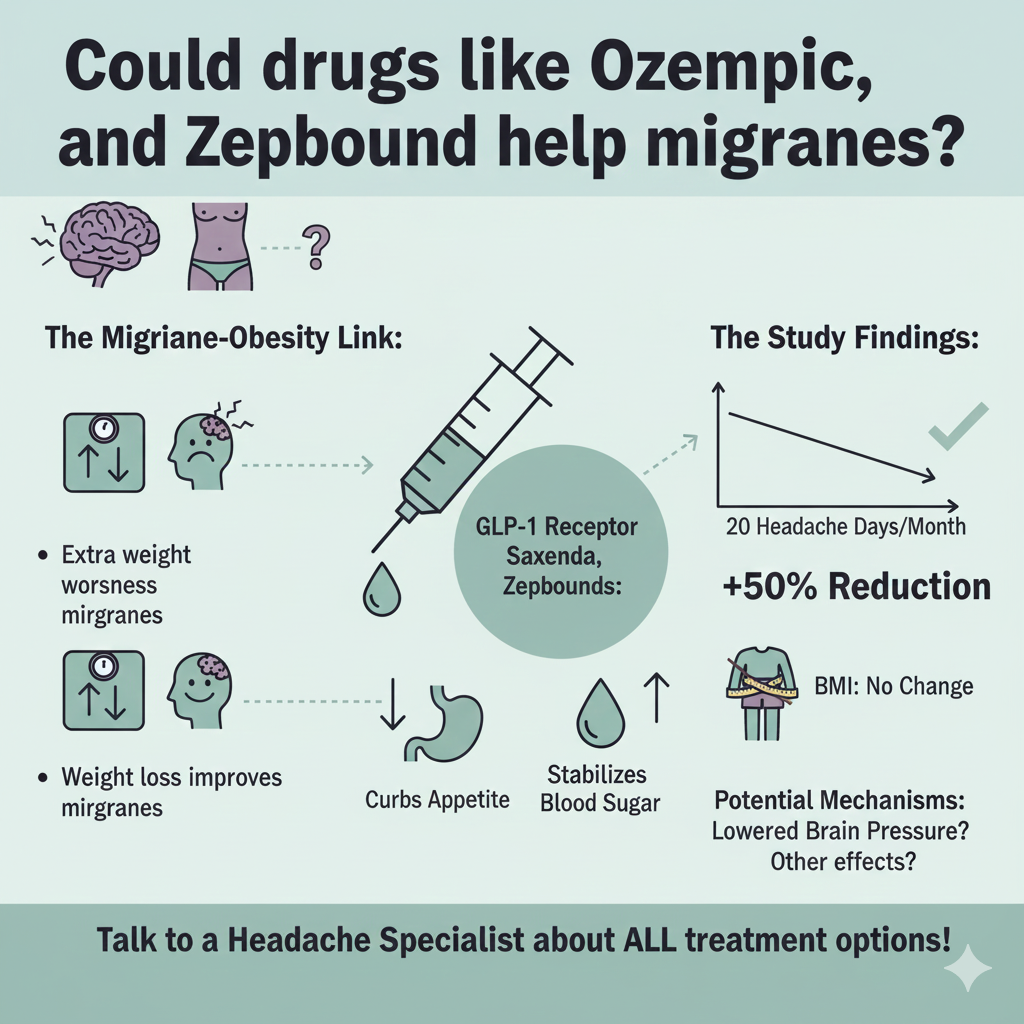Two sets of “designer drugs” have been developed based on our understanding of the neurobiology of migraines. The first, sumatriptan (Imitrex), introduced in 1992, was the pioneer in a class of seven triptan drugs, all targeting serotonin mechanisms. Erenumab (Aimovig), which targets the CGRP (calcitonin gene-related peptide) mechanism, was approved by the FDA in 2018. This class now includes four injectable, three oral, and one nasal drug. Additionally, many older drugs, although not specifically developed for migraine treatment, have proven effective for some patients. Despite these numerous options, a significant minority of patients do not respond to any of these treatments.
This is why the development of drugs targeting different parts of the migraine cascade is so promising. Danish neurologists, led by Dr. Mesoud Ashina, have published results from a phase 2 double-blind study of a new drug that blocks PACAP (pituitary adenylate cyclase-activating peptide).
In this study, patients were divided into two groups, receiving an infusion of a placebo or two different doses of the active drug, currently known as Lu AG09222, developed by the Danish company Lundbeck. In the final analysis, the reduction in migraine days was compared between 94 patients who received a placebo and 97 patients who received the higher dose of the active drug. The higher dose significantly reduced the number of migraine days in the month following the infusion (6.2 vs. 4.2 days reduction). The side effects reported were mild and infrequent.
Phase 2 studies are relatively small and short in duration. The FDA typically requires two large parallel studies involving a total of 1,000 or more patients before considering approval. Therefore, even if Lu AG09222 is found to be safe and effective, it may not receive approval for another 2-3 years.




